The year Pokemon started showing up in the streets of Dhaka
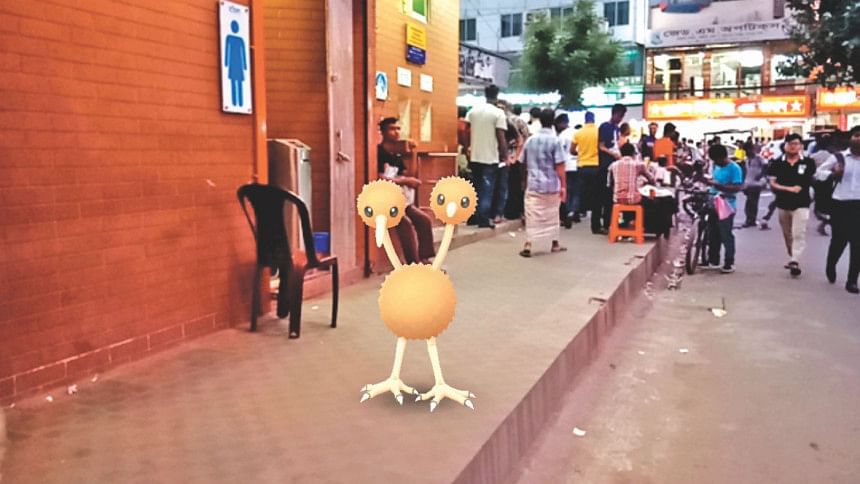
The moment you hear someone is an avid 'video gamer', you form an image in your head: someone socially awkward, probably not the physically fittest, crouched in a corner of a room on their PC or a TV, smashing buttons on a keyboard or a joystick… or someone constantly glued to their smartphone screen, tapping away furiously, oblivious to the world around them.
Video games never really excited me, until Pokémon Go took the world by storm in July 2016, as I was doing an internship in Bonn, Germany. I picked it up just to board the hype train, and got drawn into it. Walking to physical locations to pick up Pokéballs or battle other Pokémon in 'Gyms' helped me discover the city. But then I came back home after two months, and the game was not available here. When it became available in Bangladesh, my excitement shot through the roof only to be punctured soon, as I realised there were very few places in Dhaka I could really play.
The game is largely based on real-world 'points of interests'(POI) or landmarks where I could collect items or 'battle' other players' Pokémon—and all of this was few and far between throughout most parts of the city making it a pain to play the game. Only the Dhaka University area had enough Pokéstops and 'Gyms', and I started spending all my weekends and free time there. In retrospect, it was a blessing in disguise as all the other players of the game also had to come to that area to play, and it is where the community really developed. I met other players, we showed off our best Pokémon to each other, and teamed up with players from my own team to defeat a Gym of an opponent team.
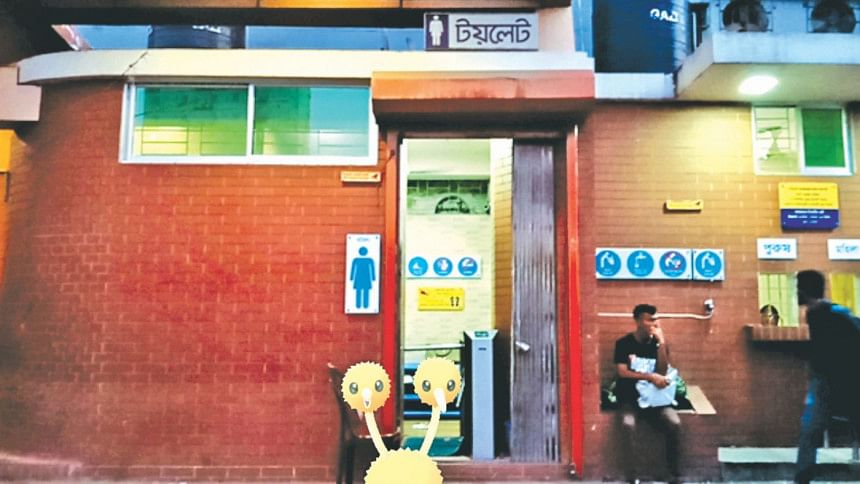
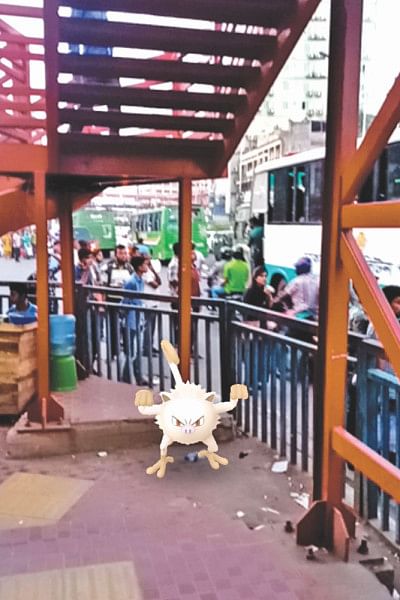
As the game added more dynamics to enhance the community aspect, like raid battles where multiple players have to simultaneously fight a very powerful Pokémon to get a chance at capturing it, players from all over Dhaka—from Uttara and Jatrabari and everywhere in between—began coordinating their game time.
With the addition of new mechanics and events to the game, players' gatherings are growing bigger with every event, even having self-designed contests—like who can catch the most “Eevee” (the name of a Pokemon) during its Community Day event (the winner being yours truly, with a count of 16!)
“The best part about this game is how many roads and neighborhoods of Dhaka I know now,” Zahin Mubasshir, one of the sincerest community managers, tells me. “I used to have to ask my father for directions if I had to go to another part of the city, but now people ask me for them.”
The dearth of Pokéstops and Gyms, that hindered play for many 'casual' players, have also eased greatly in the last few months, thanks to the community hunkering down to improve the scenario. Pokéstops and Gyms in Pokémon Go are transferred from the points of interest in Ingress (called portals in that game), another Augmented Reality game developed by the same company, Niantic. A number of Pokémon Go players started playing Ingress so they could level up high enough to be able to submit and approve 'portals', and their combined efforts have significantly increased Pokéstops and Gyms all across the city.
Ingress in itself is turning out to be a fun experience for a lot of players. Aseer Intisar, a medical school graduate and a dedicated player of both games, says “I started playing Ingress to add Pokéstops to Pokémon Go, but I am really enjoying Ingress too. It requires more coordination, and is interesting in its own way.” In Ingress, players must hack portals to take control of a geographical area for their team, and that can create scenarios of some serious commitment. “The Ingress team I am in once created a field from Kolkata, India to Lhasa in Tibet, and one of the portals on the way was in Narsingdi, so I had to travel there to take that portal,” he says.
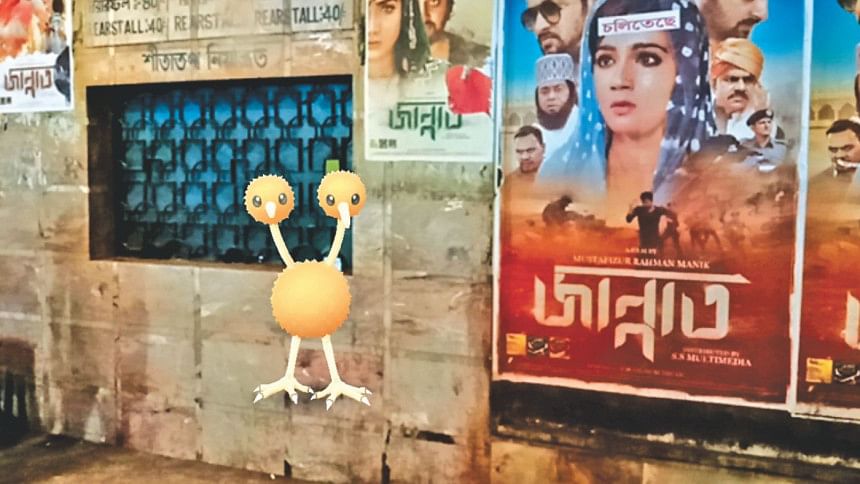
But coming back to Pokémon Go, with the game becoming more and more accessible to players, we are finding more people of all ages joining us on—couples, father and son, siblings, expats, university professors. Many of them played solo for months, but are now crossing each others' paths more often.
I was not even a Pokémon fan growing up, but my generation was, and that is what made this game such a global phenomenon: the game held five Guinness World Records within the first two months of its release, and is one of the most popular video games of all time already. Niantic's next big project is titled 'Harry Potter: Wizards Unite', based on the universe that JK Rowling created and sucked audiences the world over into. Imagine when that comes to your smartphone!
Fahmim Ferdous is Deputy Editor, City, The Daily Star




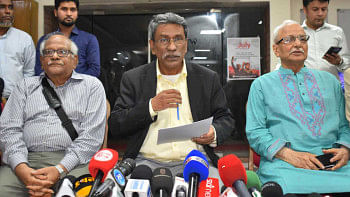
Comments